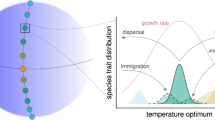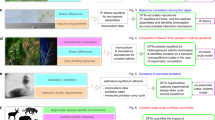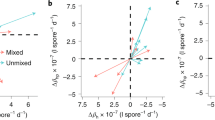Abstract
During 20th century the majority of researchers interpreted ecological optimum as a certain combination of ambient factors which is optimal for growth, existence and reproduction of an organism. However, it was revealed in many species, that the maximum rates of various processes in an organism are achieved at various combinations of values of different factors, and under variable regimes as opposite to constant regimes. One may state that there is no well defined general concept which takes into account a bulk of data that do not conform the traditional definition of ecological optimum. Here, we show that it is necessary to make distinction between concepts of "static" and "dynamic" optima. It is needed for definition of real ecological optimum and creation of optimum conditions for given factor. We show also that it is necessary to take into account so-called delayed effects of factors. Basing on the analysis of responses of zooplankton to various temperatures and phosphoric load, we show that an optimum has "dynamic" characteristics besides previously known "static" ones, like a range of factor values on tolerance curve or a doze of factor. These "dynamic" characteristics are cyclic and stepwise changes of a factor, a directionality of factor's dynamics in case of stepwise changes and additionally, we reveal stimulating and inhibiting delayed effects of factors. Our results allow for a more detailed concept of ecological optimum, and also may stimulate investigations of quantitative contribution of various parameters of environmental factors to an ecological optimum of an organism or population.
Similar content being viewed by others
Article PDF
Author information
Authors and Affiliations
Corresponding author
Rights and permissions
About this article
Cite this article
Verbitsky, V., Verbitskaya, T. Ecological optimum of ectothermic organisms: static-dynamical approach. Nat Prec (2007). https://doi.org/10.1038/npre.2007.1324.1
Received:
Accepted:
Published:
DOI: https://doi.org/10.1038/npre.2007.1324.1



